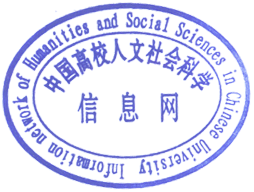关 键 词 :对外汉语;“的”“地”“得”;偏误分析;教学策略学科分类:语言学--汉语研究
汉语与英语在语法关系的表达上有很大不同,汉语常用语序及虚词来表示句法成分间的语法关系,而英语则依赖于形态变化。结构助词作为虚词的重要组成部分,不仅是对外汉语教学中的重难点,同时也是外国留学生学习过程中的高频偏误,因此需要对外汉语教师投入更多的精力。本文立足于前人的研究,查询了北京语言大学HSK动态语料库,选取了大量与其相关的偏误句,并对结构助词“的”“得”“地”的语法规则进行了具体的研究,把相关偏误归类并按其形成原因进行分析,进而在透彻了解其成因和影响的基础上提出实用的策略以及便于操作的方法。
In the expression of grammatical relations, there are great differences between Chinese and English. In order to express the grammatical relationship between syntactic components, Chinese always uses word order and function words, while English is decided by morphological changes. As an important part of function words, structural auxiliary words are not only the key and difficult points in teaching Chinese as a second language, but also the high-frequency errors in the learning process of foreign students. Therefore, teachers of Chinese as a second language need to invest more energy. Based on previous human research, this paper queries the HSK dynamic corpus of Beijing Language and Culture University, selects numerous of errors about "de", "de" and "de", and studies the grammatical rules of "de", "de" and "de" concretely, classifies the relevant errors and analyzes them according to the causes of their formation, and then puts forward on the basis of a thorough understanding of their causes and effects Practical strategies and easy to operate methods.

